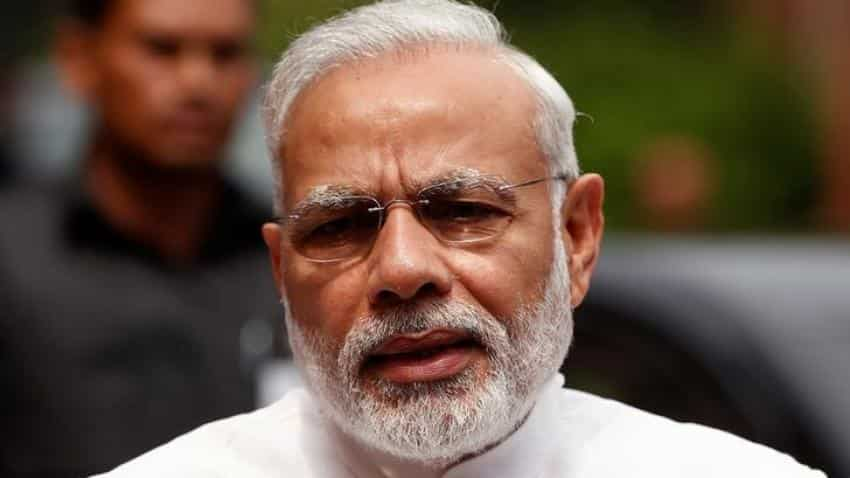GST: How PM Modi pulled off his biggest reform yet
Here`s a timeline of how Modi and Finance Minister Arun Jaitley first brought India`s federal states on board, before finally closing the deal at a series of meetings with an opposition Congress party that had become increasingly isolated.







 First isolate, then negotiate: How GST deal was done by PM Modi
First isolate, then negotiate: How GST deal was done by PM Modi GST stands for Great Step by Team India: PM Modi
GST stands for Great Step by Team India: PM Modi Assocham pitch for standard GST rate up to 20%
Assocham pitch for standard GST rate up to 20%  Govt is confident to roll out GST from April 1, 2017 : Hasmukh Adhia
Govt is confident to roll out GST from April 1, 2017 : Hasmukh Adhia